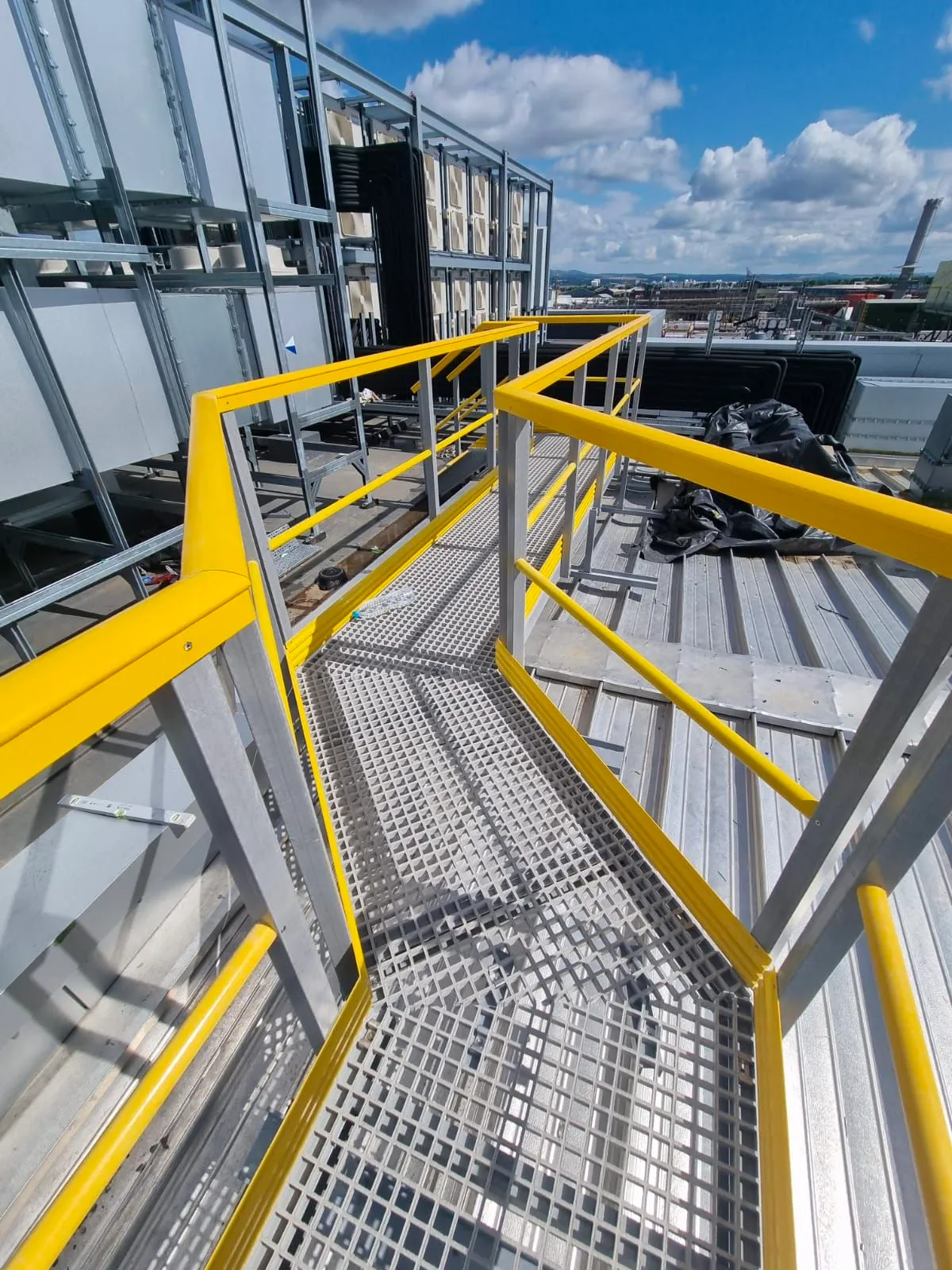loading...
- No. 9, Xingyuan South Street, Dongwaihuan Road, Zaoqiang County, Hengshui, Hebei, China
- admin@zjcomposites.com
- +86 15097380338
- Welcome to visit our website!
anti slip nosing
The Importance of Anti-Slip Nosing in Safety and Design
In various sectors, whether in industrial settings, residential areas, or commercial premises, safety is paramount. One of the often-overlooked aspects of safety in pedestrian environments, stairways, and transit systems is the implementation of anti-slip nosing. Anti-slip nosing refers to the specially designed edge treatment applied to steps, staircases, and ramps to enhance grip and minimize the risk of slips and falls.
The primary purpose of anti-slip nosing is to provide a safety feature that helps prevent accidents in locations prone to spills, moisture, or heavy foot traffic. With statistics indicating that slips, trips, and falls are among the leading causes of injuries in both public and private spaces, integrating anti-slip solutions becomes not just a regulatory necessity but also a moral obligation for designers, builders, and property managers.
Design and Material Considerations
Anti-slip nosing can be made from various materials, including rubber, vinyl, metal, and composite substances. Each material offers unique advantages; for instance, rubber provides excellent slip resistance and shock absorption, while metal offers durability and a sleek, modern aesthetic. When selecting anti-slip nosing, it's essential to consider factors such as the type of environment, foot traffic volume, and exposure to elements like water or ice.
Furthermore, design plays a crucial role in the efficacy of anti-slip nosing. Nosing can be designed with various profiles, colors, and textures. A well-designed nosing not only improves safety but can also enhance the aesthetic appeal of a space. For example, choosing brightly colored or textured materials can increase visibility and alert individuals to the presence of steps, particularly in low-light conditions.
anti slip nosing

Regulatory Standards and Compliance
Many regions have established guidelines and standards regarding the use of anti-slip nosing. Compliance with these regulations ensures that structures meet safety requirements and that property owners and managers protect themselves from liability. Understanding and adhering to local building codes and safety standards regarding slip resistance can significantly reduce the risk of injuries on properties, thereby fostering a safer environment for all users.
Safety in Versatile Applications
Anti-slip nosing finds applications in various areas beyond traditional staircase settings. It is crucial in schools, hospitals, transportation hubs, and outdoor spaces where weather conditions can significantly impact surface safety. In wet or icy conditions, enhanced grip from anti-slip nosing can be the difference between a safe passage and a serious accident. Additionally, in commercial settings like retail stores, ensuring that customers can navigate stairs and ramps safely is vital for maintaining a positive shopping experience.
Conclusion A Small Detail with a Big Impact
In conclusion, while anti-slip nosing may seem like a minor detail in the construction or design of a space, its importance cannot be understated. By promoting safety, reducing the risk of accidents, and ensuring compliance with applicable regulations, anti-slip nosing is a critical component of modern design. As we continue to prioritize safety in various environments, the integration of effective anti-slip solutions remains an essential measure against potential hazards. Whether in residential homes, bustling shopping areas, or busy workplaces, implementing anti-slip nosing offers peace of mind, knowing that careful consideration has been given to the safety of all.
-
GRP Structures: The Future of Lightweight, High-Performance EngineeringNewsJun.20,2025
-
FRP Water Tank: High-Performance Storage for Corrosive and Clean Water SystemsNewsJun.20,2025
-
FRP Square Tube: The New Industry Standard for Chemical and Structural ApplicationsNewsJun.20,2025
-
FRP Pultruded Profiles: The Ultimate Choice for Lightweight Structural StrengthNewsJun.20,2025
-
FRP Handrails: The Safer, Smarter, and Stronger Choice for Modern InfrastructureNewsJun.20,2025
-
FRP Grating: The Smart Solution for Durable, Lightweight Industrial FlooringNewsJun.20,2025
-
Why Choose a Galvanized Water Tank for Your Storage NeedsNewsMay.21,2025
